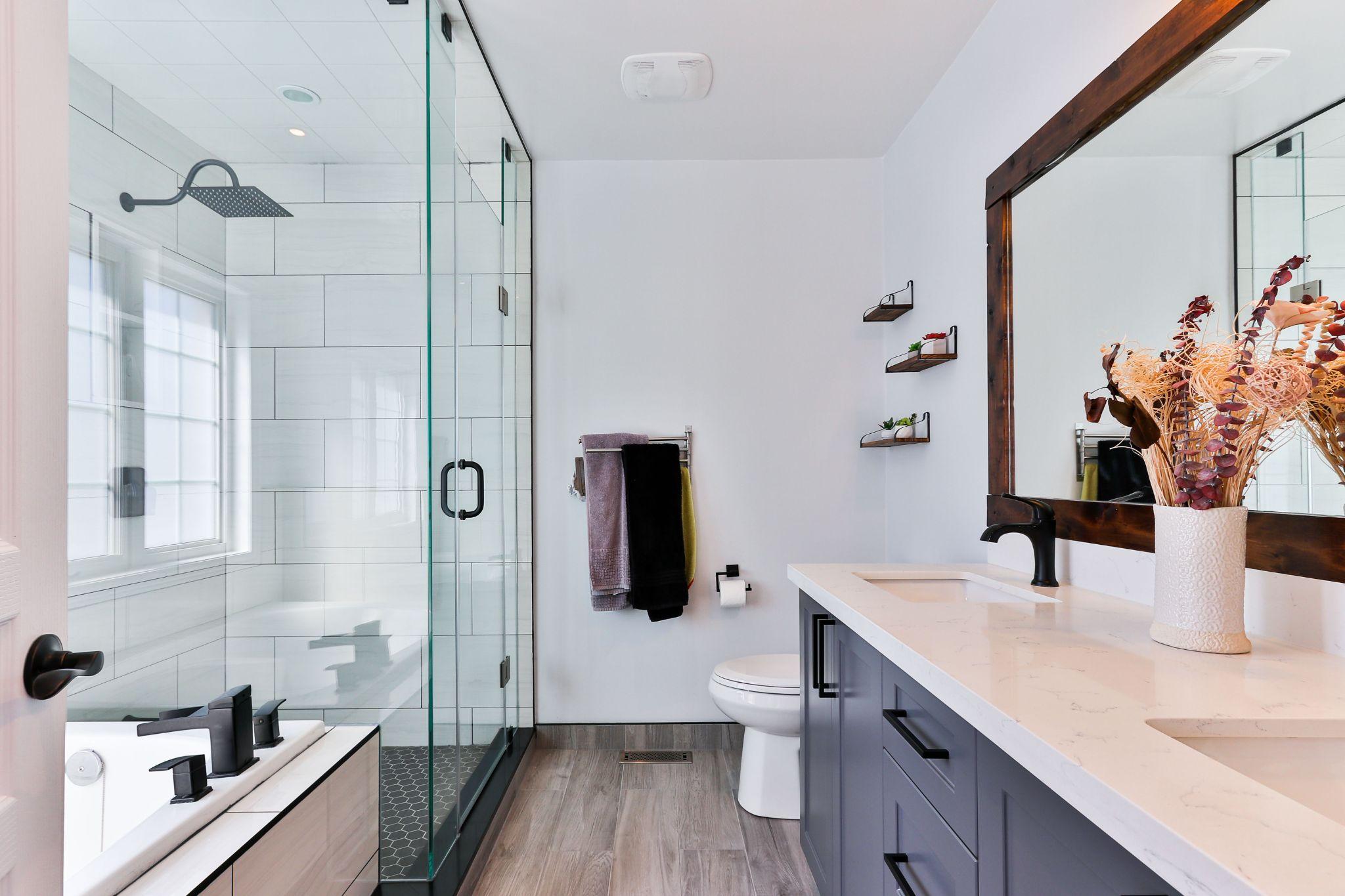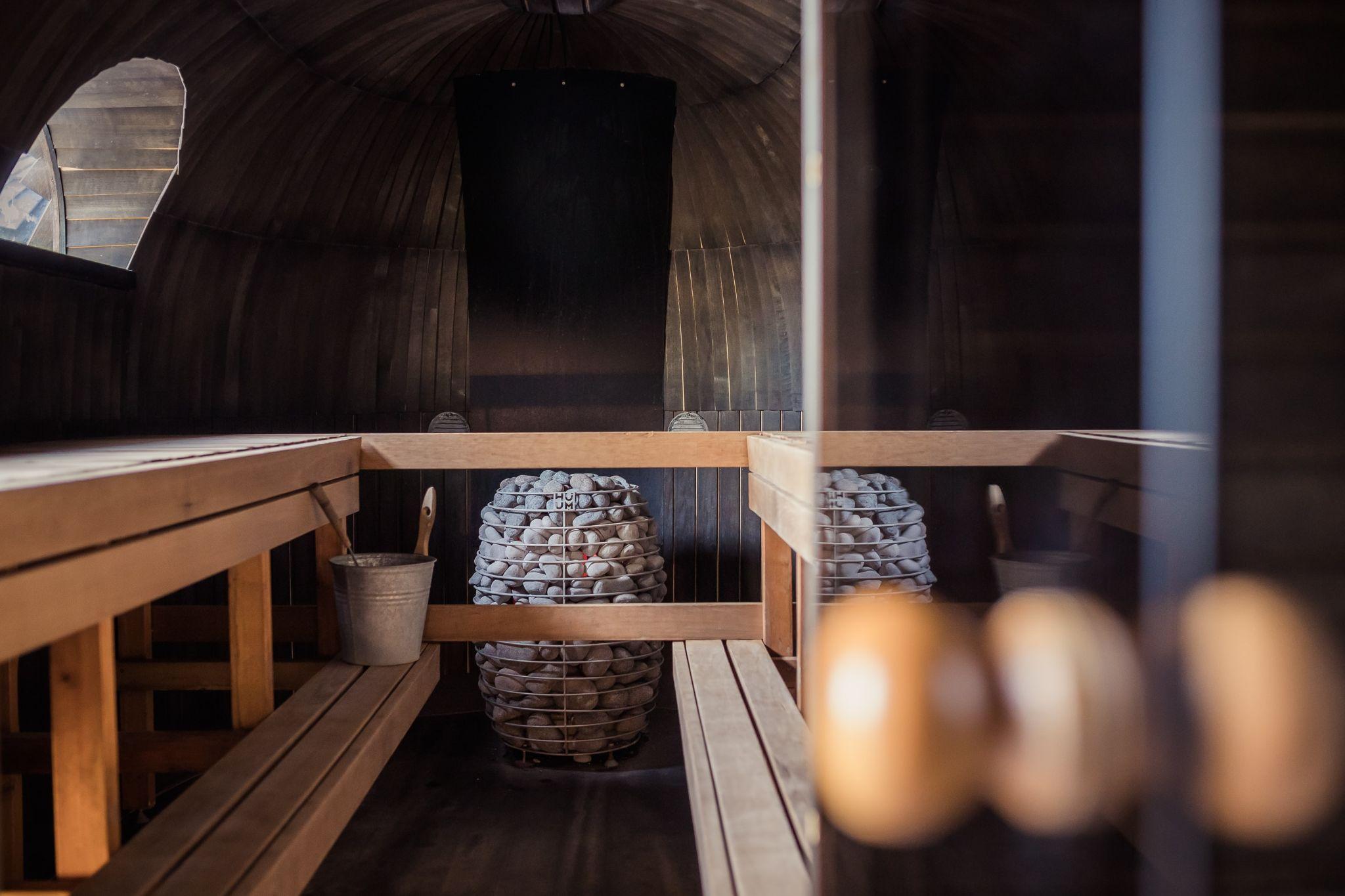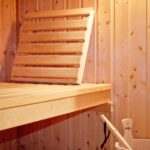Saunas provide such a satisfying experience that they should not be limited to an occasional experience at health spas or gyms. Imagine if you could have access to the experience whenever you wanted, right from the comfort of your home.
You can take it a step further beyond your imagination because it is entirely possible to bring to life! You can turn your everyday shower into a sauna and reap all the benefits of the spa from within the confines of your bathroom.
This article will guide you through the process of temporarily turning your shower into a steam room as well as a permanent solution.
How to Use Your Shower As a Sauna?
Saunas are enclosed spaces that heat up to temperatures between 180 °F and 195 °F with the help of wet or dry heat. These spaces provide users with heat therapy sessions that have shown significant health benefits such as pain relief, improved blood circulation, etc.
If you are vying for a temporary sauna, you can follow a few steps to convert your bathroom into a pleasant steam room easily. It does not require any professional kit or additional expenses.

- Pick a Room: To ensure the best possible experience, choose the smallest bathroom in your home for the temporary setup. The smaller the room is, the faster it will heat up, and the more concentrated your heat therapy will be.
Make sure this room has good ventilation. The build-up of steam comes with the risk of mold growth. Proper ventilation after a sauna session will help alleviate this concern.
- Seal the Room: Pack heavy towels across any crevices in the bathroom from where the heat can escape or a draft can enter. Drape the towels over windows and open vents. You need to cover all holes and gaps to ensure the steam stays within the enclosed space.
- Heat Up the Room: Turn up the temperature of your water heater to about 150°F so that you are able to get good steam. Once your bathroom is ready for its debut as a temporary sauna, it is time to turn on the water.
If you have a tub, block the drain and let the hot water run. Fill the tub halfway through or for about 20 minutes. You can also light up some scented candles or add drops of essential oil to the water to enhance the experience.
If there is no bathtub, simply aim the shower head at the wall and let the steam build.
- Sit back and Relax: Once the steam has filled the room, find a safe spot away from the running hot water and settle down. You have succeeded in recreating a sauna at home.
Once the room has heated up sufficiently and you have reached your heat tolerance level, turn down the water.
It is helpful to place a bucket filled with cool water and a towel near you during your sauna session. If, at any instance, you start feeling uncomfortable, you can wet the towel in the cool water and pat yourself down.
How to Convert Your Shower into a Sauna?

It is not a difficult task to convert a regular shower into a sauna. If done right, the conversion process will be complete in two days.
Your chosen bathroom must meet certain specifications in order to get the best possible outcome. One requirement for converting your bathroom into a sauna is that it needs to be an enclosed space with an eight feet high sloped ceiling.
Additionally, to alleviate the risk of mold, your bathroom should be insulated and have a coat of mold-resistant paint.
You can opt to convert your current shower into a steam shower/sauna, where installation may cost you up to $12,000. Or you can purchase a prefabricated kit which typically ranges from $3,000 to $4,500.
If you decide on a complete conversion, here is what you will need to do.
- Buy a Steam Generator: You will need to measure your bathroom layout and estimate your sauna usage before you make the purchase. A steam generator will heat up the water and convert it into steam for sauna use.
Depending on the unit, it can be placed outside the shower wall, or if it is waterproof, it can be placed inside the stall.
Since the unit needs a connection to the water line and electricity, you may want to get a plumber and an electrician involved if you are not equipped to handle the installation.
- Setup the Connection: Before you begin the installation process, make sure you have turned off the water and electricity supply.
An access line will need to be created so that the water can travel to the generator and then pass through the shower.
Additionally, you will have to connect appropriate electrical wiring to set up the unit and the control panel. While some units feature wireless controls, others come with a physical control panel.
- Modifications and Test Run: Once your installation is done, you will need to create a vent panel on the outside. You can modify your bathroom door to fit a vent.
If there is a gap under the door, it can act as a vent and save you from making any modifications to the bathroom door.
Before you run the steam generator, seal up any gaps with caulk and let everything dry completely. Once everything is nice and dry, it is time for a test run of the unit.
Place a wooden bench in the bathroom, so you can sit down and enjoy the steamy environment. However, make sure to position the bench in a manner that gives you the full benefit of the heat.
The Takeaway
You can economize on your occasional spa visits and set up regular sauna sessions in your home with just a few tweaks. With just a few adaptations, you can convert any bathroom in your home into a sauna—temporarily or as a complex conversion.
The installation costs and design depend on the area you plan to convert and the number of people you want to accommodate. However, the entire process is worth it for a sauna right within the four walls of your home.


